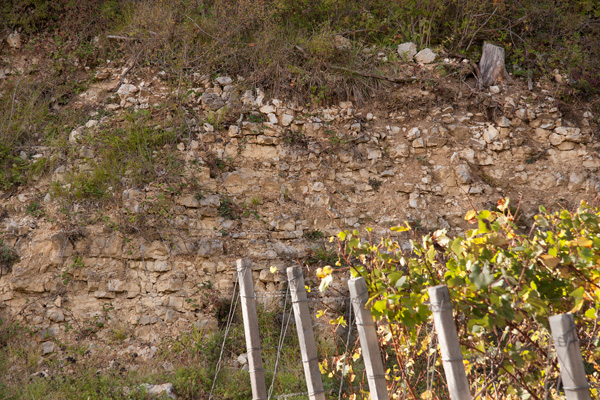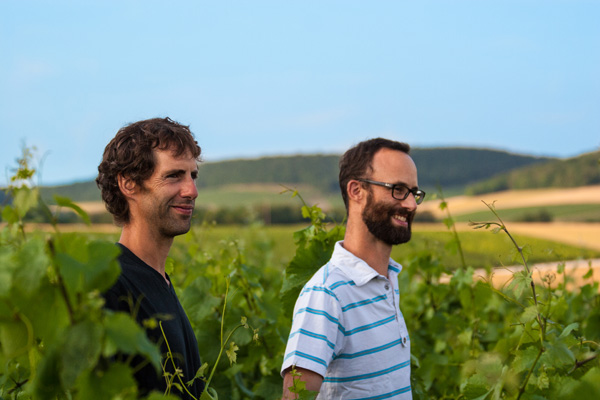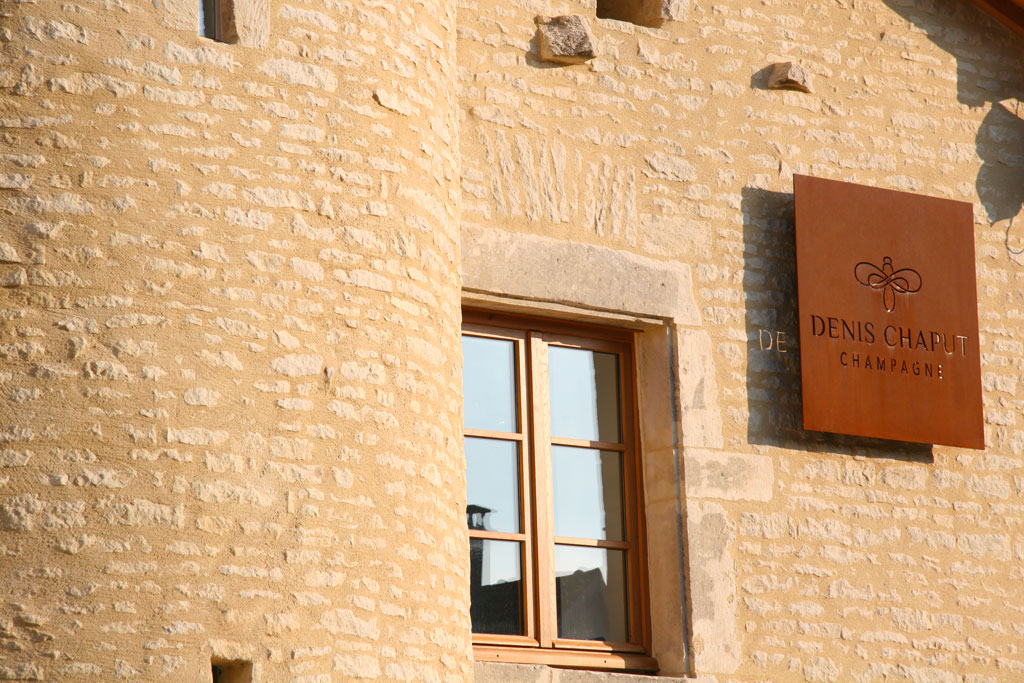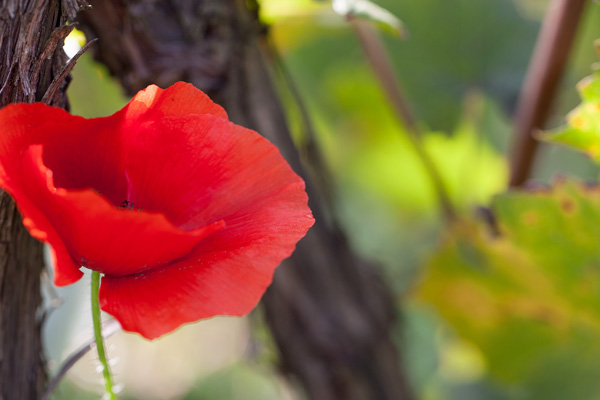The terroir
The Côte des Bar has a somewhat complex soil structure
Imagine a mille-feuille pastry in which the layers are limestone and clay. The clay is the cream and the limestone is the puff pastry.
And, obviously, all these layers have been around for a while! In Champagne, 150 million years ago, there was a warm sea under our feet, teeming with oysters, mussels, and sea snails. Or for purists, nanogyra virgula, pholadomies, and ammonites… And why are we telling you about these shellfish? It is not a matter of pairing food and wine, but rather because this is what we find in the soil today, and it this past life that nourishes our vines.
Or to put it another way, the vineyards in the Côte des Bar are growing on a Kimmeridgian subsoil! An ancient tradition
It is difficult to say how long there have been vines in Arrentières. However, we can be sure that vines were being grown by the 13th century. Let us search the annals of history…
In the mid-twelfth century, a Templar base was established in Arenthieres. In 1312, under pressure from the King of France (Philip IV, known as Philip the Fair), Pope Clement V dissolved the Order of the Knights Templar. As a result, an inventory of their property and possessions was drawn up. This states that the Templars owned vines in Arrentières which “produce 35 muids in a good year” (a muid is a large barrel).
Since that time, wine has always been produced… subject of course to the various conflicts and turmoil that inevitably occur in the course of history ! The family history
Let us move to history on a smaller scale… that of our family. The first winegrower to bear the name Chaput moved to Arrentières in 1862. By 1878, he had his own wine press. Our first champagne, “Cuvée des Rochottes”, was produced in the early 1930s. It is a tradition that we continue to uphold. Our vineyard
After history and geology, it’s time for geography!
Our vineyard is located just next door to our winery. This is ideal, since the grapes do not have to be transported very far, and arrive freshly cut at the press!
We have 26 plots, each of which is different. The hillsides face South-East to West, with the steepness of the slopes ranging from 5 to 20%; the soil varies in its proportion of pebbles, its depth, and its richness in clay. Basically, each plot has its own character and produces correspondingly different wines.



